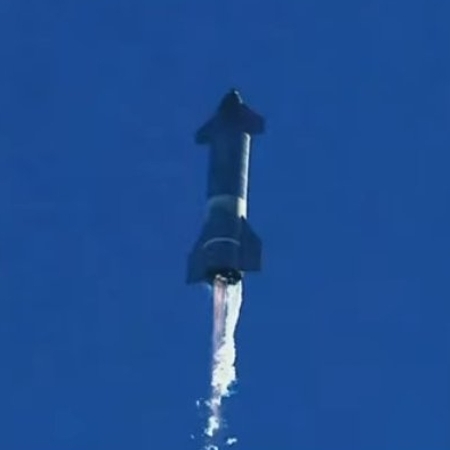Rocket Lab to attempt 1st stage recovery by helicopter, beginning early next year
Capitalism in space: Rocket Lab announced today that based on the data obtained during its previous launch in November, the company will attempt a helicopter recovery in the air of its Electron rocket’s first stage, starting with its first launches in 2022.
With the success of this latest mission, Rocket Lab will now move to aerial capture attempts with a helicopter for future recovery missions in the first half of 2022. Rocket Lab’s recovery helicopter will include auxiliary fuel tanks for extended flight time during the capture attempt. While Rocket Lab’s engineers and recovery vessel will also be stationed at sea, Rocket Lab’s primary objective will be to return Electron’s booster to the mainland while attached to the helicopter. Improvements to the launch vehicle for this next recovery attempt will include a thermal protection system applied to the entire stage and its nine Rutherford engines to help it endure heat of up to 2,400 degrees Celsius during re-entry, and modifications to the parachute system including an engagement line for the recovery helicopter to capture and secure the booster.
The company has a launch scheduled for the end of November, but apparently it is not going to attempt a first stage recovery by helicopter during that mission.
If successful, Rocket Lab will have become the second company able to reuse its first stage, and thus cut the price it charges for launches significantly.
Capitalism in space: Rocket Lab announced today that based on the data obtained during its previous launch in November, the company will attempt a helicopter recovery in the air of its Electron rocket’s first stage, starting with its first launches in 2022.
With the success of this latest mission, Rocket Lab will now move to aerial capture attempts with a helicopter for future recovery missions in the first half of 2022. Rocket Lab’s recovery helicopter will include auxiliary fuel tanks for extended flight time during the capture attempt. While Rocket Lab’s engineers and recovery vessel will also be stationed at sea, Rocket Lab’s primary objective will be to return Electron’s booster to the mainland while attached to the helicopter. Improvements to the launch vehicle for this next recovery attempt will include a thermal protection system applied to the entire stage and its nine Rutherford engines to help it endure heat of up to 2,400 degrees Celsius during re-entry, and modifications to the parachute system including an engagement line for the recovery helicopter to capture and secure the booster.
The company has a launch scheduled for the end of November, but apparently it is not going to attempt a first stage recovery by helicopter during that mission.
If successful, Rocket Lab will have become the second company able to reuse its first stage, and thus cut the price it charges for launches significantly.

